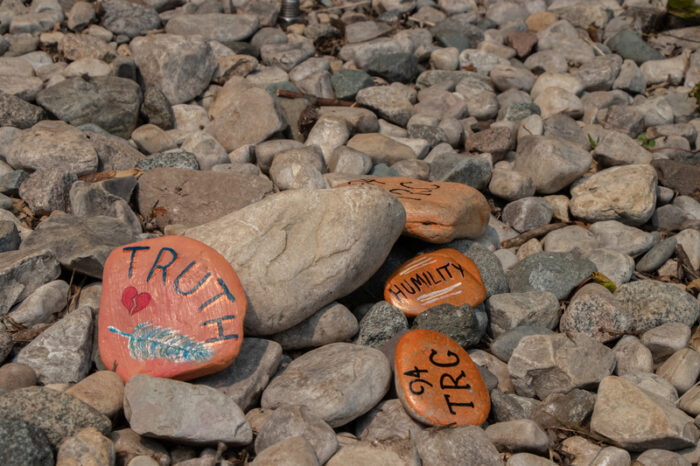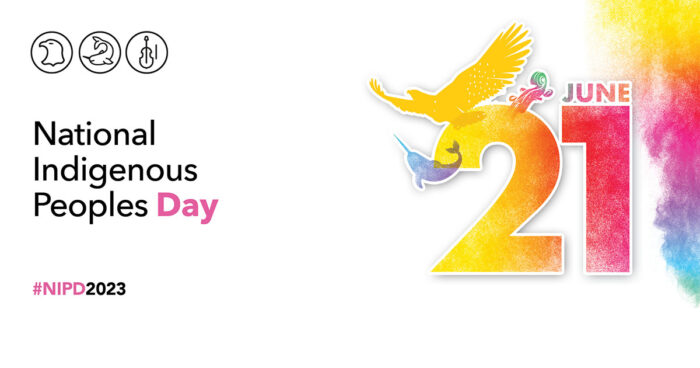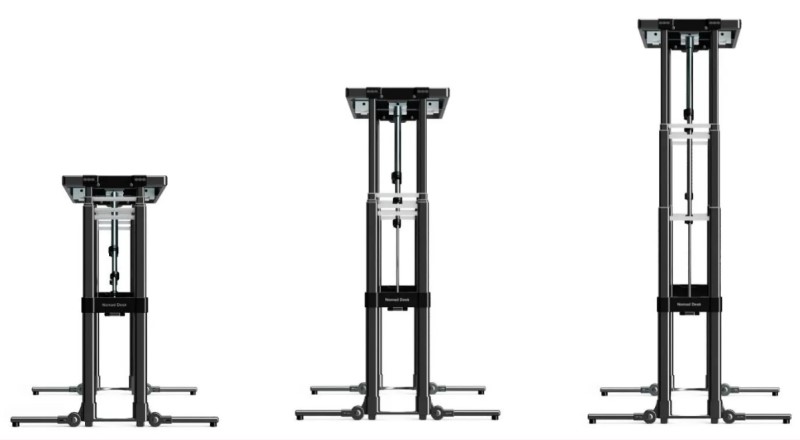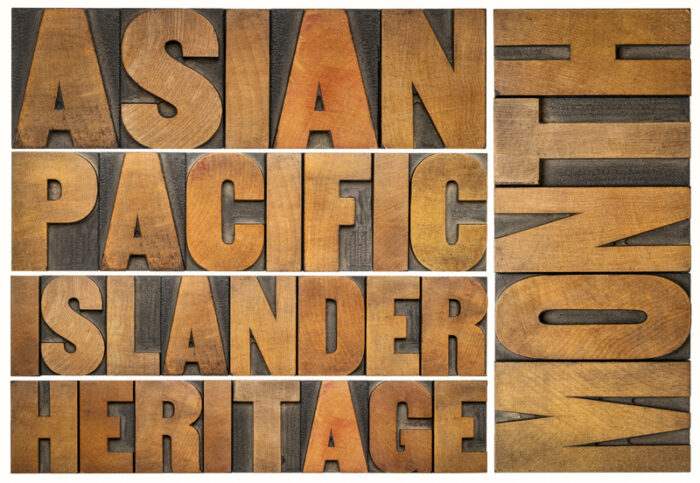June is Pride Month—this is a time of both reflection and celebration for many LGBTQ (Lesbian, Gay, Bisexual, Transgender, Queer/Questioning) communities around the globe. Usually, there are huge Pride parades held from San Francisco to Montreal, Toronto to New York—colourful festivals full of music, dancing, and the rainbow flags that are a symbol of LGBTQ culture.
This year is different. Due to COVID-19, Pride parades are one of many such events that are being sidelined in 2020. But that doesn't mean that events aren't happening, including one that came from a most unusual place.
The United States Supreme Court.
On June 15, the most important court in that country ruled that workplace discrimination against gay and transgender people was forbidden. In other words, it is now illegal to fire or refuse to hire a LGBTQ person based on their gender or sexual orientation. In addition to being a landmark day for LGBTQ people in the U.S., it is also a story full of incredible timing and surprises, as well as a big assist from past fights for equal rights.
Happy Pride!
The Stonewall Inn in New York City is a landmark for LGBTQ rights. (Getty Embed)
First off, let's acknowledge how fitting it is that such a decision would come right in the middle of Pride Month. LGBTQ people have faced intense discrimination for most of history, but the modern gay rights movement began after the Stonewall Riots in New York City in June 1969 (which we wrote about here).
This date may not have been on the minds of the nine Supreme Court justices (or judges) who made the decision, but especially in a year with no parades, this is a terrific reason for the LGBTQ community to celebrate.
6 to 3 surprise
The nine current justices of the Supreme Court. (Getty Embed)
Speaking of those nine justices, they represent an intriguing storyline. First, a quick lesson...
The U.S. Supreme Court holds final say on the biggest laws in the United States. From equal rights to freedom of speech, this court has weighed in on them all. What's more, a Supreme Court justice is appointed for life (or until they retire). When a spot becomes vacant, or available, a new justice is appointed by the president.
The idea was to make sure that the Supreme Court didn't change its entire style of ruling based on any single election—instead, they would be slowly influenced over time by new appointees. But in just two years, President Trump was able to appoint two justices—Neil Gorsuch and Brett Kavanaugh.
Many people—including LGBTQ activists—were concerned that the addition of two conservative justices would shift the balance of the court too much to one side—putting LGBTQ rights into jeopardy.
But on Monday the court ruled 6 justices to 3 in favour of LGBTQ workplace rights. In his ruling, Neil Gorsuch said that firing an individual for being homosexual or transgender was forbidden under Title VII.
And what is this Title VII? Well, that is the final part of this story.
One fight helps the other
President Lyndon Johnson and Martin Luther King Jr. sign the Civil Rights Act in 1964. (Getty Embed)
Title VII comes from the Civil Rights Act of 1964. This was the bill signed by President Lyndon Johnson at the height of the Civil Rights movement in the 1960s. Led by activists like Martin Luther King Jr., this movement fought to bring rights to Black people and to give them protections under the law.
The Civil Rights Act sought to bring rights and protection not only to Black people, but to many other groups that faced prejudice. It made it illegal to discriminate against anyone based on their "race, colour, religion, sex, or national origin". Title VII stated that this kind of discrimination was illegal in the workplace.
And now, 56 years later, the Supreme Court used Title VII directly to state that the LGBTQ community deserves the same protections under law. Rights that were fought for by Dr. King and so many other Black activists have shown their lasting effects.
It's a tremendous example of how the fight for social justice is ultimately about human beings fighting for the greater dignity of all people.
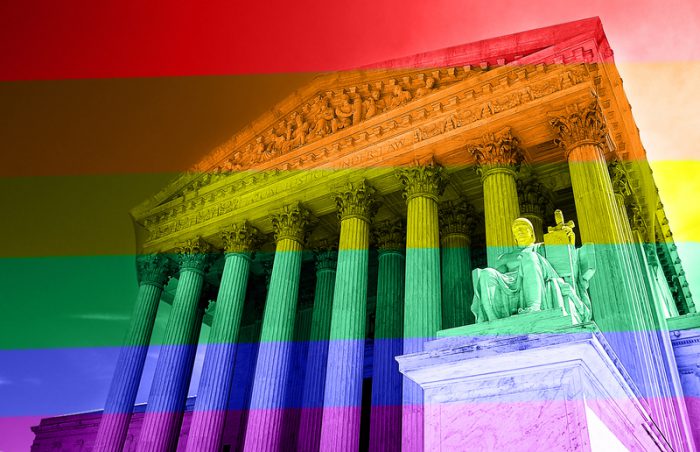 A recent decision in the United States Supreme Court gives LGBTQ people new protections against workplace discrimination. (© Zimmytws - Dreamstime.com)
A recent decision in the United States Supreme Court gives LGBTQ people new protections against workplace discrimination. (© Zimmytws - Dreamstime.com)

